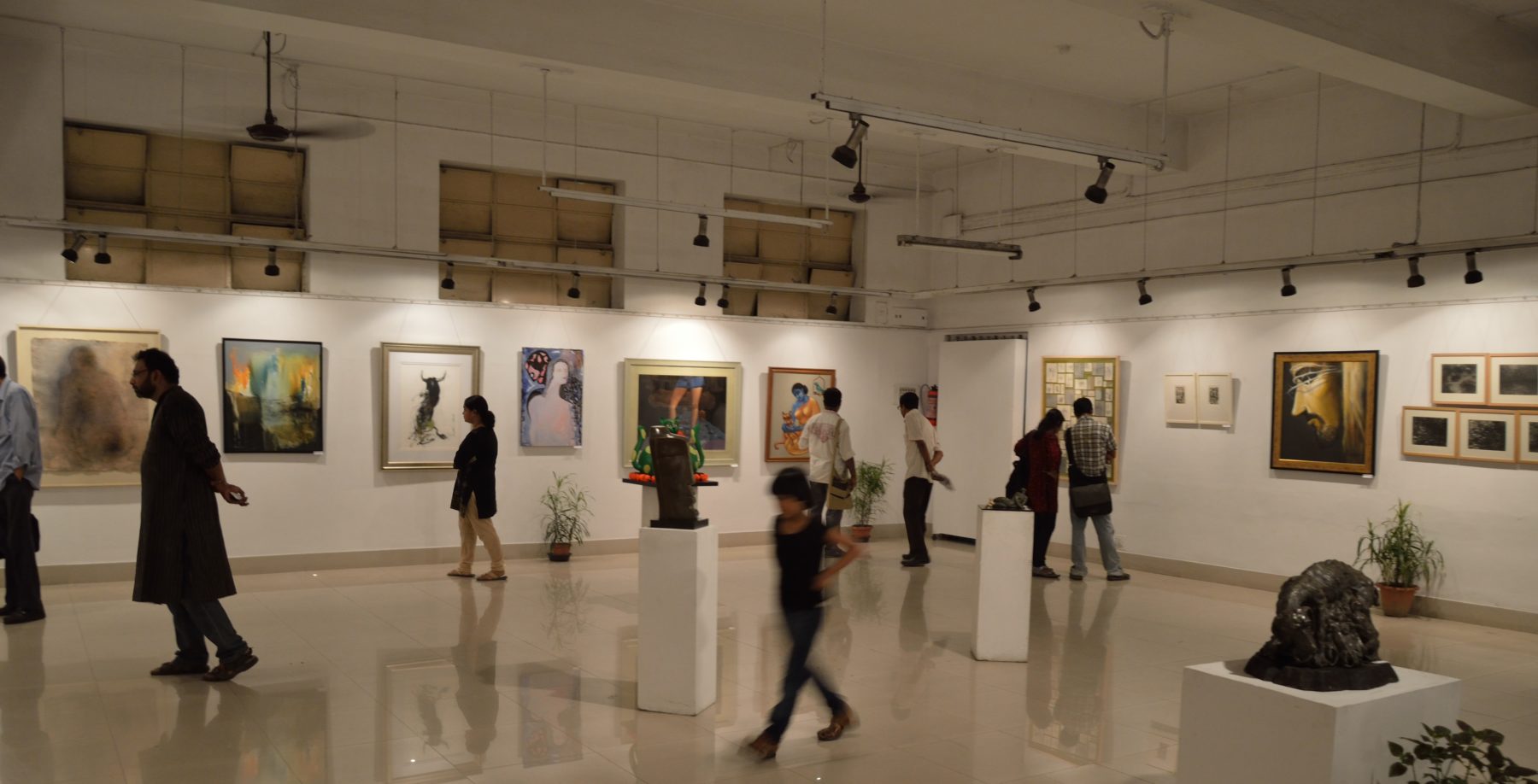1. Caroline Sharp and Adam Rabiasz. National Foundation for Education Research (UK). “Key Data on Music Education Hubs 2015”. 2016. United Kingdom.
This report provides quantitative insights measuring the effectiveness of Music Education Hubs (MEHs) in 2015, employing five key performance indicators such as musical instrument lessons, ensemble performance, and organization partnerships.
2. Creative Industries Federation. “Brexit Report: The impact of leaving the EU on the UK’s arts, creative industries, and cultural education – and what should be done”. 2016. United Kingdom.
This report assesses the impact of the “Brexit” referendum, for the United Kingdom to leave the European Union, on the arts and culture sector. Additionally, this analysis proposes responsive solutions to stabilize and improve upon existing challenges.
3. Saskatchewan Partnership for Arts Research. “Understanding the Arts Ecology of Saskatchewan from the Artist’s Perspective: An Overview of Results from the Artist Survey of 2014”. 2015. Canada.
This report is the first comprehensive survey of artists across all arts disciplines in Saskatchewan, initially conducted in April 2014 with a subsequent survey of the public in May, dedicated to understanding the working conditions of artists.
4. Zannie Voss, et al. The League of American Orchestras. “Orchestra Facts: 2006-2014”. 2016. United States.
This report is the first in a longitudinal series focusing on the finances and operations of American orchestras; the current installment details the period from 2006-2014, covering the field’s challenges throughout the recession and recovery.
5. James Bau Graves, et al. Americans for the Arts. “African in Maine. Case Study: Center for Cultural Exchange”. 2005. United States.
This case study focuses on the “African in Maine” program’s work to develop appropriate cultural programming for refugee communities of color in Maine, emphasizing contention surrounding ideas such as dialogue, identity, representation, and democracy.
